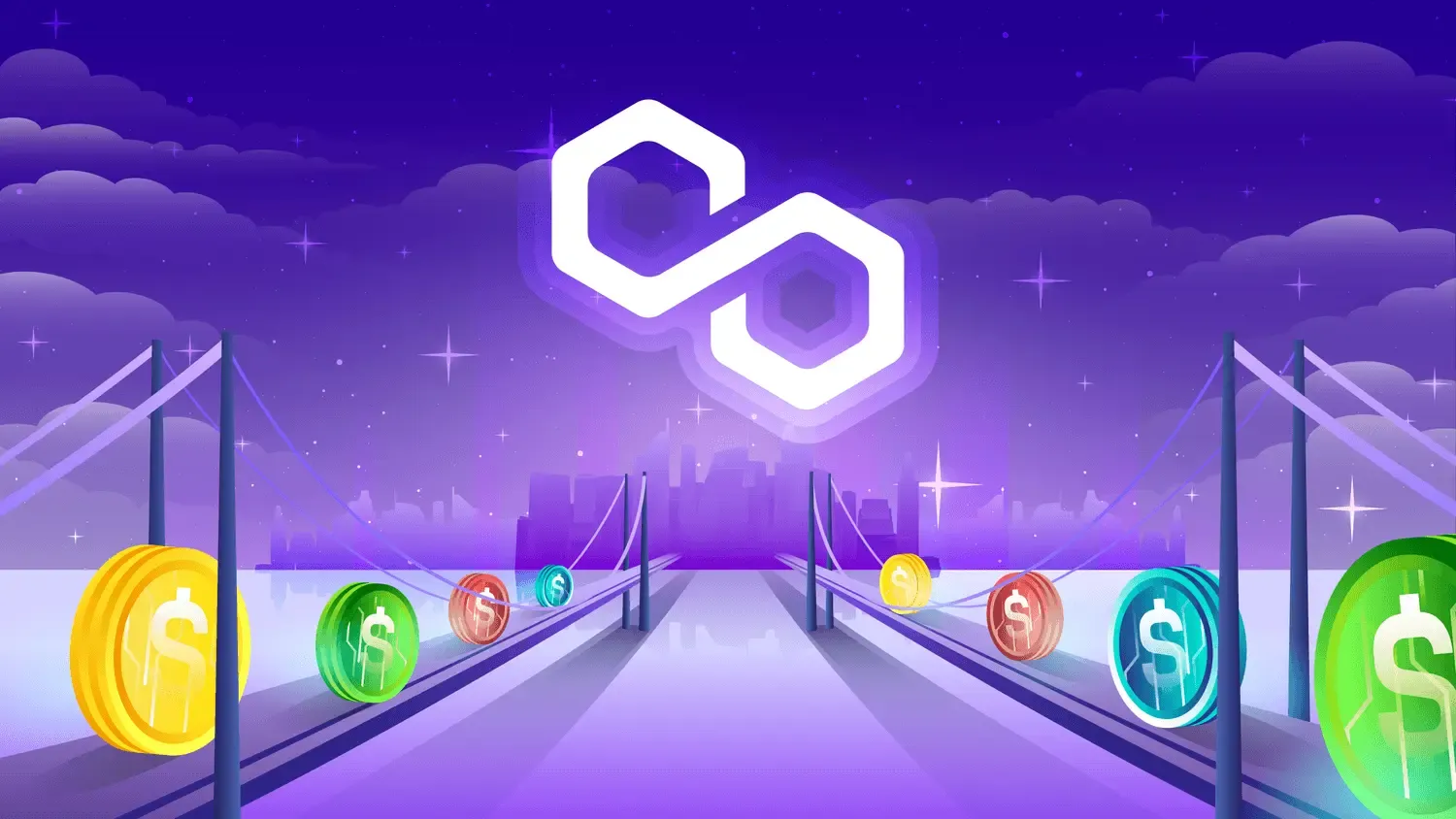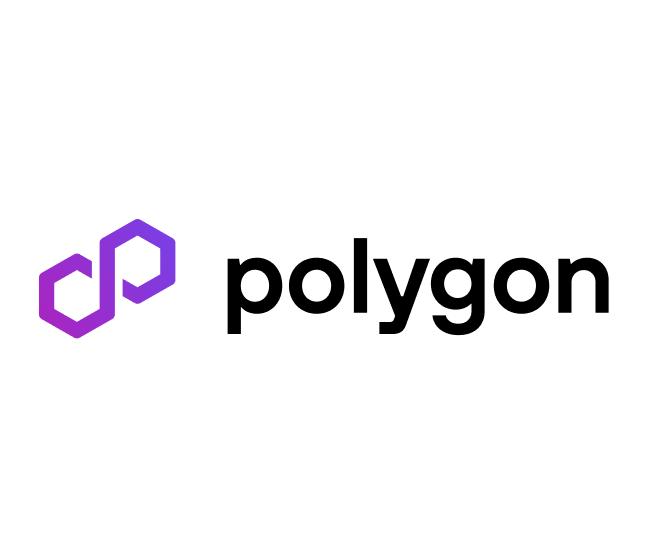Polygon, formerly known as Matic Network, has emerged as a prominent player in the blockchain ecosystem, offering a compelling solution to the scalability challenges faced by Ethereum. At the heart of this innovative network lies MATIC, the native token that powers the Polygon ecosystem. This comprehensive article delves deep into the world of MATIC, exploring its functionality, use cases, and the potential impact it could have on the future of blockchain technology.
Understanding the Polygon Network and its Functionality

Ethereum, the pioneering blockchain platform, has revolutionized the world of decentralized applications (dApps) and smart contracts. However, the network’s inherent limitations, such as high transaction fees and slow confirmation times, have posed significant hurdles for developers and users alike. Polygon, as a layer-2 solution, aims to address these challenges by leveraging a sidechain architecture, effectively enhancing the scalability and efficiency of the Ethereum network.
The Sidechain Approach
Polygon’s sidechain operates independently from the Ethereum mainnet, yet it is secured by the Ethereum blockchain. This setup allows for a significant increase in transaction throughput, as the sidechain can handle a large volume of transactions without congesting the Ethereum network. By utilizing a Proof-of-Stake (PoS) consensus mechanism, Polygon ensures security and decentralization while minimizing energy consumption, making it a more sustainable and scalable solution compared to the Proof-of-Work (PoW) consensus used by Ethereum.
Bridging the Gap Between Ethereum and Scalability
Polygon’s sidechain architecture bridges the gap between Ethereum’s robust ecosystem and the need for scalability. Users can seamlessly move their assets and interact with dApps between the Ethereum mainnet and the Polygon network, taking advantage of the latter’s enhanced speed and lower transaction fees. This interoperability is a crucial aspect of Polygon’s design, as it allows the network to leverage the security and decentralization of Ethereum while providing a more efficient user experience.
Enhancing the Developer Experience
Polygon’s Ethereum-compatible design simplifies the development process for Ethereum-based dApps. Developers can easily deploy their existing smart contracts on the Polygon network, often with minimal modifications, enabling them to take advantage of the improved performance and reduced costs. This developer-friendly approach has attracted a growing number of projects to the Polygon ecosystem, further driving the network’s adoption and expansion.
MATIC Tokenomics and Utility

MATIC, the native token of the Polygon network, plays a pivotal role in the ecosystem’s functionality and growth. Understanding the token’s characteristics and use cases provides valuable insights into its potential for future development.
Transaction Fees and Staking
Users of the Polygon network pay transaction fees in MATIC when interacting with the network, such as transferring tokens, deploying smart contracts, or using decentralized applications. These fees contribute to the security and stability of the network, incentivizing validators and ensuring the smooth operation of the Polygon ecosystem.
Additionally, MATIC holders can stake their tokens to become validators, responsible for securing the network and verifying transactions. This staking mechanism is essential for maintaining the network’s integrity and decentralization, as it aligns the incentives of validators with the long-term health of the Polygon ecosystem.
Governance and Ecosystem Growth
MATIC token holders have the opportunity to participate in the governance of the Polygon network. They can vote on proposals that impact the network’s future development, influencing key decisions regarding upgrades, functionality, and resource allocation. This democratic approach fosters a sense of community ownership and ensures that the Polygon network evolves in accordance with the desires of its stakeholders.
Beyond the core functionalities, MATIC also plays a crucial role in incentivizing the development of decentralized applications (dApps) and other projects within the Polygon ecosystem. By providing rewards and incentives, the MATIC token helps to attract and retain a thriving community of developers, driving the continuous expansion and innovation of the Polygon network.
MATIC’s Tokenomics and Supply
MATIC has a total supply of 10 billion tokens, with a portion of the supply available for circulation at any given time. The network’s Proof-of-Stake (PoS) consensus mechanism necessitates staking for security and validation, leading to a slight inflationary pressure as a portion of the transaction fees is distributed as rewards to validators.
To mitigate the inflationary effects, Polygon has implemented a token burning mechanism, whereby a portion of the MATIC tokens is permanently removed from the circulating supply. This helps to maintain the token’s value and reduce the overall inflationary pressure on the network.
The initial distribution of MATIC tokens involved a variety of methods, including private and public sales, team allocations, and community incentives. This diverse approach aimed to build a strong foundation for the project and foster a engaged and dedicated community of supporters.
Benefits of Using the Polygon Network

The Polygon network’s scalability and efficiency have made it an attractive choice for a wide range of applications, driving the demand for MATIC and showcasing its versatility.
Decentralized Finance (DeFi)
The Polygon network has become a hub for DeFi projects seeking to offer users a more efficient and affordable platform for lending, borrowing, and trading. With its low transaction fees and fast confirmation times, Polygon has attracted a growing number of popular DeFi protocols, including Aave, Curve, and SushiSwap, to integrate with its infrastructure.
Non-Fungible Tokens (NFTs)
The booming NFT market has found a natural home on the Polygon network. The network’s speed and low fees make it an ideal platform for minting and trading NFTs, including collectibles, digital art, and in-game items. This has resulted in a surge of NFT projects leveraging Polygon’s infrastructure, further driving the demand for MATIC.
Gaming and the Metaverse
The gaming industry has embraced Polygon as a viable solution for integrating blockchain technology into their platforms. Developers can create immersive gaming experiences with in-game economies and assets powered by NFTs, leveraging Polygon’s speed and efficiency. Additionally, the network’s scalability and support for decentralized applications make it well-suited for the development of metaverse experiences, where virtual worlds, economies, and assets can thrive.
Scalable Enterprise Solutions
Polygon offers a highly scalable and accessible platform for businesses to leverage blockchain technology. Companies can tailor their solutions on Polygon, integrating features such as supply chain management, identity verification, and data management. The network’s ability to handle a large volume of transactions and support decentralized applications makes it an attractive choice for enterprises seeking to integrate blockchain into their operations.
Polygon’s Role in the Ethereum Ecosystem
Polygon’s position as a layer-2 solution for Ethereum positions it as a crucial component within the broader Ethereum ecosystem. By addressing the scalability challenges faced by the Ethereum network, Polygon has emerged as a complementary solution that enhances the overall functionality and accessibility of the Ethereum blockchain.
Ethereum Compatibility
One of Polygon’s key strengths is its Ethereum-compatible design. Developers can easily deploy their existing Ethereum-based smart contracts on the Polygon network with minimal modifications, allowing them to take advantage of the improved performance and reduced costs. This seamless integration with the Ethereum ecosystem is a significant draw for developers and users alike, as it enables them to leverage the benefits of both networks.
Expanding the Ethereum Ecosystem
Polygon’s growth and adoption have a direct impact on the expansion of the Ethereum ecosystem. As more projects and users migrate to the Polygon network, it generates increased activity and transaction volume on the Ethereum mainnet. This increased activity contributes to the overall health and vibrancy of the Ethereum ecosystem, fostering a symbiotic relationship between the two networks.
Ethereum’s Decentralization and Security
While Polygon operates as a sidechain, it relies on the security and decentralization of the Ethereum mainnet. This interdependence ensures that Polygon inherits Ethereum’s robust security measures and decentralized governance, mitigating concerns about centralization within the Polygon network. As Ethereum continues to evolve and strengthen its foundations, Polygon’s security and reliability are also reinforced.
The Future of Polygon and MATIC
The future of Polygon and its native token, MATIC, appears promising, driven by the growing adoption of the network and the increasing demand for scalable blockchain solutions.
Expansion of the DeFi and NFT Ecosystem
Polygon’s ecosystem is poised for exponential growth in the decentralized finance (DeFi) and non-fungible token (NFT) spaces. As more projects and users migrate to the Polygon network, the demand for MATIC will likely continue to rise, fueling the network’s expansion and solidifying its position as a leading player in these rapidly evolving sectors.
Increased Enterprise Adoption
The ability of Polygon to offer scalable and customizable blockchain solutions has caught the attention of businesses seeking to leverage the benefits of distributed ledger technology. As more enterprises integrate Polygon into their operations, the demand for MATIC will increase, further strengthening the network’s position and driving its long-term sustainability.
Interoperability and Cross-Chain Integration
Polygon is actively exploring interoperability with other blockchain networks, expanding its reach and facilitating cross-chain communication. This ability to seamlessly integrate with various blockchain ecosystems will position Polygon as a crucial component in the emerging web3 landscape, where the seamless exchange of data and assets across different networks is paramount.
Technological Advancements and Innovation
The Polygon team is committed to continuous research and development, exploring innovative technologies such as Zero-Knowledge proofs and other advanced scaling solutions. These advancements have the potential to further enhance the network’s performance, security, and user experience, solidifying Polygon’s position as a leading blockchain platform.
Conclusion
MATIC, the native token of the Polygon network, has emerged as a powerful force in the blockchain ecosystem, offering a compelling solution to the scalability challenges faced by Ethereum. By leveraging a sidechain architecture and a Proof-of-Stake consensus mechanism, Polygon has successfully bridged the gap between Ethereum’s robust ecosystem and the need for increased scalability and efficiency.
The versatility of MATIC and the Polygon network has enabled the adoption of a wide range of applications, from decentralized finance and non-fungible tokens to gaming and metaverse integrations. As the demand for scalable and accessible blockchain solutions continues to grow, Polygon and MATIC are well-positioned to play a pivotal role in shaping the future of decentralized applications and the broader blockchain industry.
With its Ethereum-compatible design, innovative tokenomics, and a thriving ecosystem, Polygon and MATIC have the potential to redefine the way we interact with and leverage blockchain technology. As the project continues to evolve and expand, the future looks bright for MATIC and its role in powering the Polygon network’s journey towards greater adoption and impact.
Khám phá thêm từ FINLAUNCH.NEWS
Đăng ký để nhận các bài đăng mới nhất được gửi đến email của bạn.
